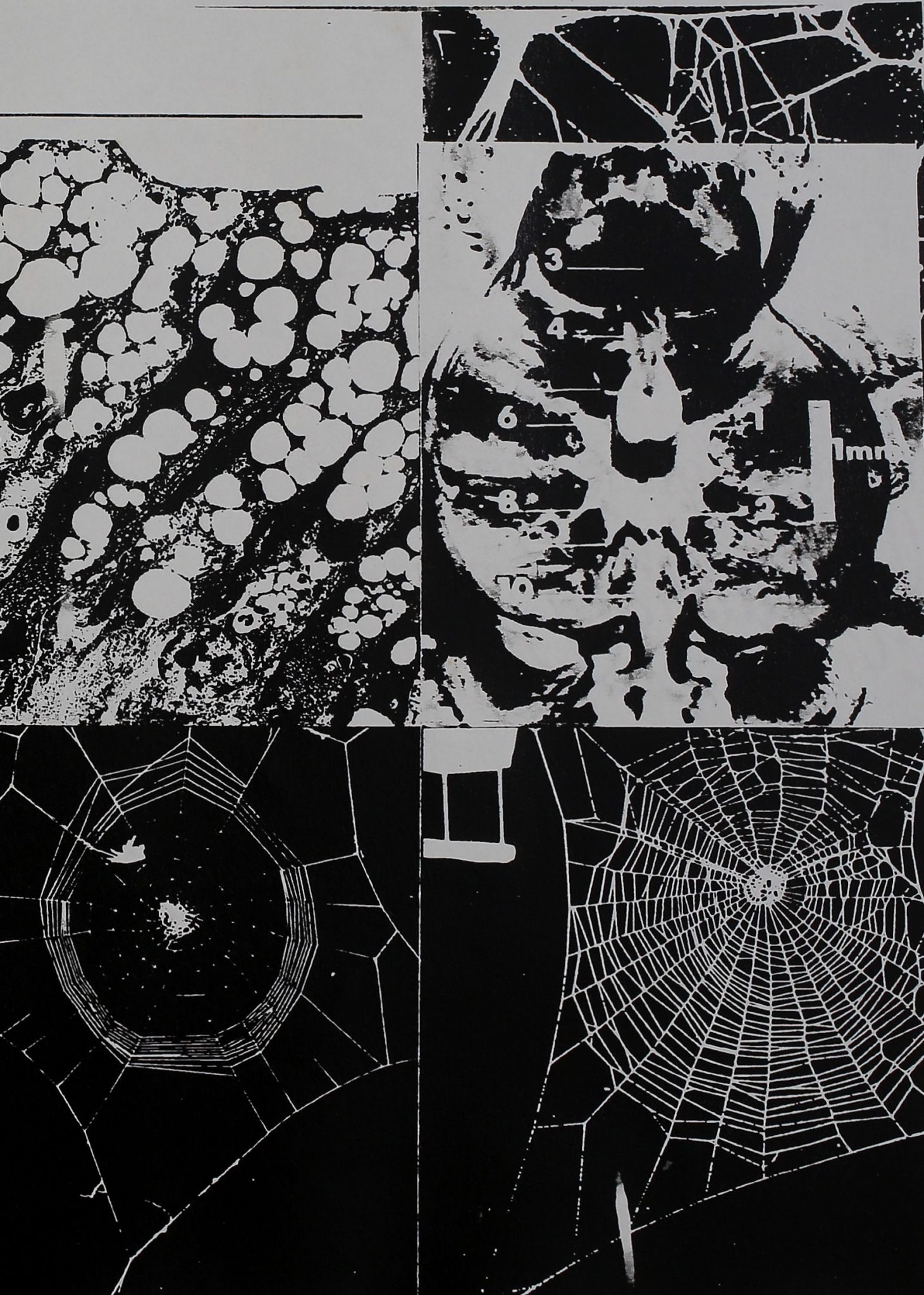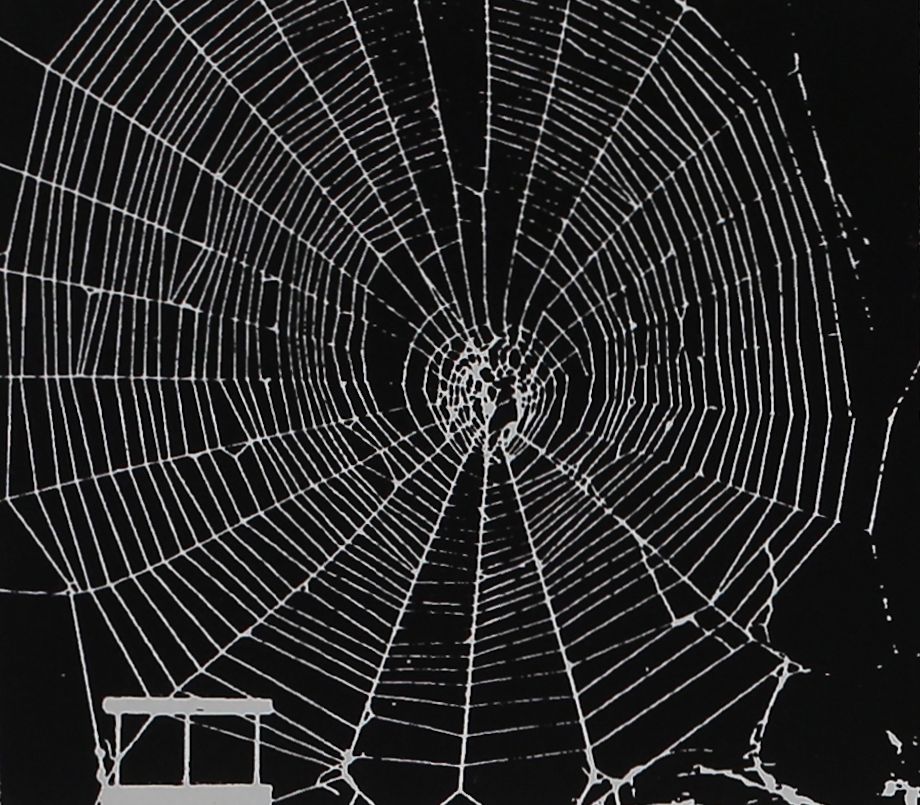Images Collection
View this article in Search Friendly Plain Text
NOTE: This plain text article interpretation has been digitally created by OCR software to estimate the article text, to help both users and search engines find relevant article content. To read the actual article text, view or download the PDF above.
m
SPIDER’S 1
WEB I
PROBLEMS IN REGULATORY BIOLOGY_
Hl SPRINGER-VERLAG NEW YORK INC.
Jfl

SPRINGER-VERLAG NEW YORK INC.
mi
Figure 1. Electron micrograph of epithelium of ampullate gland which produces scaffolding silk. Observe bubbles of silk-polypeptide which empty into gland lumen at upper right.
Production of silk material at the cellular level is explc ed with biochemical and histological methods, and regulatory cycle of polypeptide synthesis is discovered. Drugs can interfere with such regulation, and more or less silk becomes available for construction of.the web; the amount of detail in the geometric pattern is intimately related to thread material through thread thickness and length. Neural feedback systems from the glands and body surface help in achieving a common end point for material supply and its even distribution in the trap. Adaptive mechanisms aid in reselling the goal—an efficient net to catch flying prey —even if disturbances appear during construction. Methods for raising and keeping spiders in the laboratory, measuring and analyzing the web, and observing the animals in activity are described. A number of strange drug webs and individual variation in patterns can be expressed in size, regularity and shape measures. Statistical comparisons with control webs are performed with the aid of the digital computer. A way is proposed in which all such behavior is coded in the animal’s central nervous system.
The bof is understandable and of interest to teachers, scientk 5 and students who want to follow the ways in which biophysics and biochemistry join efforts with neurophysiology and pharmacology to help elucidate a complex behavior problem. Everybody can see the beauty and complexity of a spider’s orb-web on a sunny morning; but the enjoyment of looking at it and the curiosity about it are much enhanced through reading this book and following the ways by which-, laboratory research has succeeded in clarifying some of its mysteries.
Figure Webuno r const jction: hub, radii, frame and temporary spiral have be<. icomplet 1, and t le stick y permanent spiral has been started at the p riphery. Cues for construction can be tested through burning of threads or exchanging spiders from one web to another.



